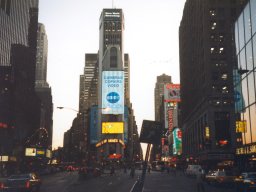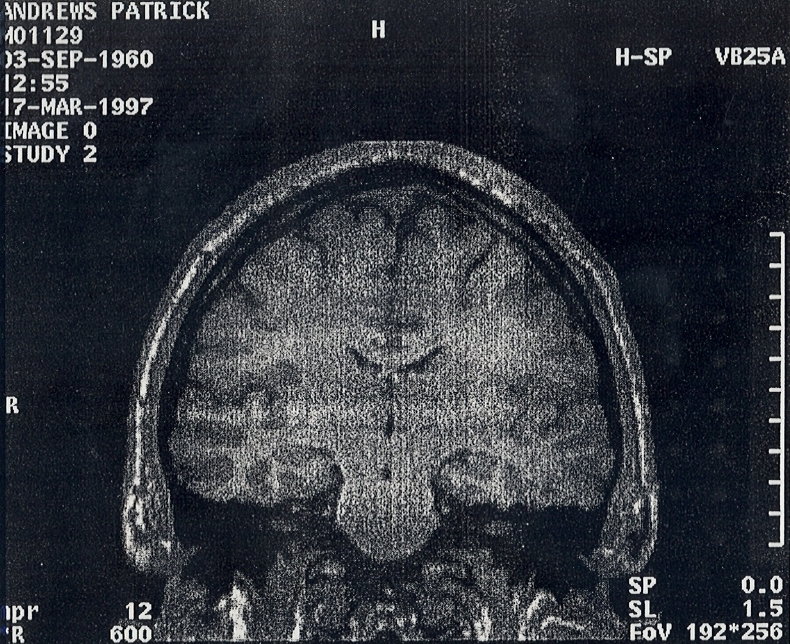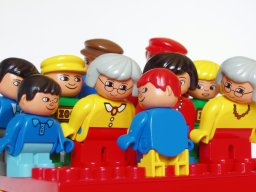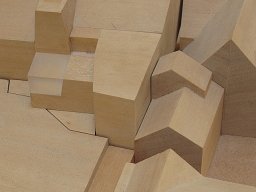Ever been frustrated by the time you waste finding the end on a roll of sticky tape?
I’d like to suggest that during the manufacturing process, a continuous, coloured line be applied to the shiny side of the tape (perhaps by the use of the now ubiquitous ink-jet technology). This line would run in the long direction of the tape and its colour would change continuously so that the colour at the free end would always be different from the colour of the line on the previous winding (eg yellow line on blue line, never blue on blue).
If we were worried about the possibility of a fixed spectral sequence accidentally causing overlap of two identical shades, we could always build an interactive system that said “I’m looking at a blue spot, on the layer beneath, so I’ll now apply a spot of contrasting colour”.
On behalf of our colour-blind brethren, the line could also be made to oscillate laterally, so that the free end would always be discriminable by never being aligned with the penultimate winding underneath.
Ideally, the printed line could be water soluble (not glue soluble) so that wiping it with a dampened finger, once the tape had been applied, would return it to pristine transparency.











